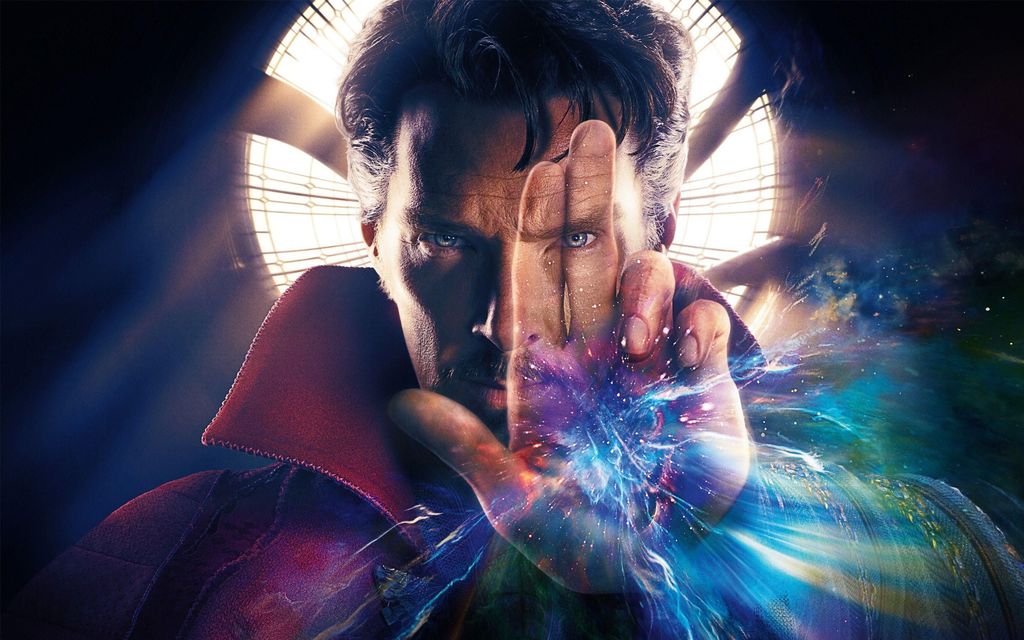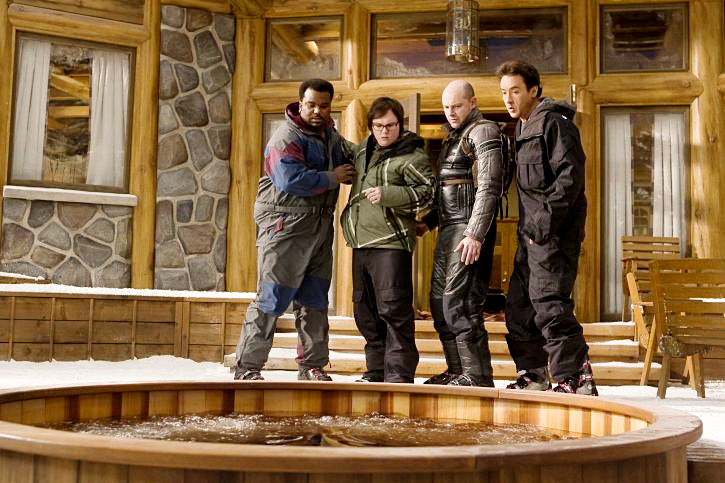
The checkered flag fell on the third running of the Chicago Street Course race, with Shane van Gisbergen once again dominating the field. But away from the asphalt, the real race was happening in the living rooms of fans across the country, where a different kind of competition was unfolding—a competition for viewer satisfaction.
This year marked TNT’s turn in the broadcast rotation for the Chicago event, and the numbers tell a story of viewer migration. According to Sports Business Journal’s Adam Stern, the combined viewership on TNT and TruTV for the 2025 race clocked in at 2.1 million. This figure, while not including streaming, represents a significant drop from the 3.9 million viewers who tuned in on NBC in 2024 and the 4.6 million who watched the inaugural race in 2023.
That’s a 54% decline in viewership over just two years. While the shift from NBC to TNT undoubtedly played a role in accessibility for some, the context provided makes it clear that channel availability was only part of the equation. The real story, according to the fans, was the execution of the broadcast itself.
Viewer frustration wasn’t a quiet murmur; it was a chorus of complaints echoing across social media platforms throughout the weekend. From on-screen graphics that lagged behind the action to camera work that seemed to miss crucial moments, the issues with TNT’s production quality were hard for dedicated fans to overlook.
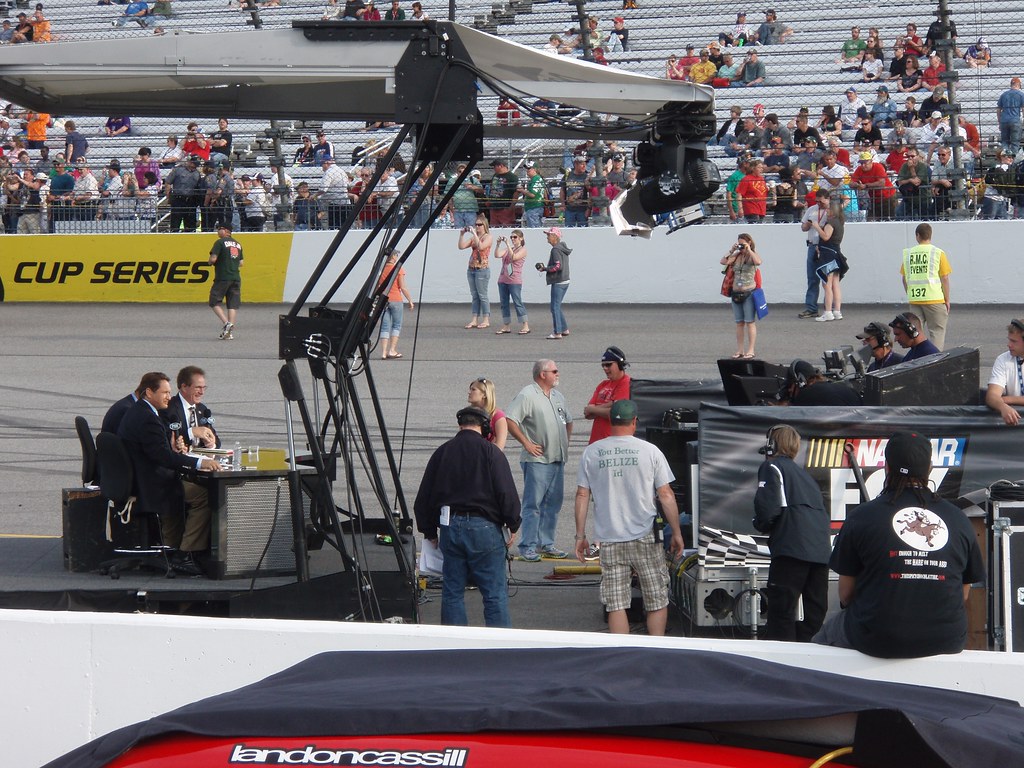
Many fans voiced their disappointment regarding how key race events were captured—or, perhaps more accurately, not captured. On-track incidents, the bread and butter of exciting racing, were either unseen in real-time or replayed so late that the moment had already lost its immediate impact for those following online.
One particular flashpoint that drew considerable ire was the contact between Bubba Wallace and Alex Bowman. Fans watching expected an immediate replay to understand what happened, but the broadcast didn’t show it until a full lap later, leaving viewers in the dark during a critical moment of the race.
This delay in showing replays was a recurring theme in fan feedback. One fan articulated the frustration directly, stating, “IT WAS FRUSTRATING. YOU COULD SEE GUYS BOUNCING OFF EACH OTHER OR SOMEONE SPINNING IN THE BACK OF THE SHOT, AND THEN WE WOULD NEVER GET A REPLAY.” This highlights a fundamental expectation among viewers: when something happens on the track, they want to see it clearly and quickly.
The issues extended beyond just missed incidents. Comments online pointed out that the scoring graphics displayed on screen were often significantly delayed. One fan lamented, “I have never seen a scoring pylon so far off and so delayed,” drawing a direct comparison to other recent broadcasts, stating, “This has been a tough two weeks compared to Amazon.”

Camera direction also came under fire for not adequately highlighting key moments. Fans felt that the production wasn’t effectively guiding their eyes to the action, leaving them struggling to follow the flow of the race and the battles unfolding on the track.
But perhaps the moment that encapsulated the overall viewer frustration more than any other was the immediate aftermath of Shane van Gisbergen crossing the finish line. As SVG began his celebratory burnout, a moment typically savored by fans as the payoff for watching the race, the broadcast cut away to a commercial break.
This decision struck many viewers as a particularly ill-timed and frustrating choice, interrupting a key post-race celebration. A fan’s comment perfectly captured the sentiment: “GOING TO COMMERCIAL WHILE SHOWING SVG’S BURNOUT WAS THE FINAL NAIL IN THE COFFIN ON TOP OF EVERYTHING ELSE.” It felt like the broadcast was prioritizing commercials over connecting viewers with the winning driver’s triumphant moment.

The post-race coverage format also drew significant backlash. Instead of the live, on-track driver interviews that fans crave for immediate reactions and insights, TNT’s broadcast featured extended in-studio segments. While analysis is valuable, the lack of direct interaction with the drivers right after the race felt like a disconnect.
Fans explicitly stated their preference for more driver perspectives immediately following the race. One fan criticized the format, saying, “They need to alter the formula for the post-race show. Too many commentators talking and not enough driver interviews.” This suggests a desire for more direct, raw interaction with the stars of the sport in the moments after they’ve competed.
This post-race approach felt like a step backward for many, especially when compared to the coverage seen earlier in the season. Prime Video’s broadcasts, for instance, were praised for effectively blending modern technology with clear, straightforward race storytelling, offering a different kind of viewing experience that resonated with fans.

TNT’s deal with NASCAR includes five Cup Series races, and the Chicago event was arguably their most high-profile test so far. With only four races remaining on their schedule, the network is in a tough spot. There’s limited time left to demonstrate significant improvement, and fans are watching closely, ready to compare their performance to other broadcast partners.
The comparison isn’t just casual conversation; it’s a direct evaluation within NASCAR’s increasingly complex media landscape. Fans must now navigate coverage across multiple networks and streaming platforms—FOX, NBC, Prime Video, and TNT. When the quality of broadcast varies significantly from one partner to the next, the differences become glaringly obvious to the viewer.
The shifting dynamics are undeniable. Prime Video’s Mexico City race, for example, reportedly attracted the sport’s youngest average TV audience since 2017, signaling a potential path forward for engaging new demographics. TNT’s recent performance in Chicago, however, may have left a different impression on potential viewers.
With a limited number of races left, the pressure is mounting on TNT to recalibrate its approach quickly. Their upcoming broadcasts will be scrutinized even more intensely, with fans and observers alike eager to see if improvements are made or if the perceived issues persist. It’s a critical period for TNT to prove its ability to handle NASCAR Cup Series coverage effectively.
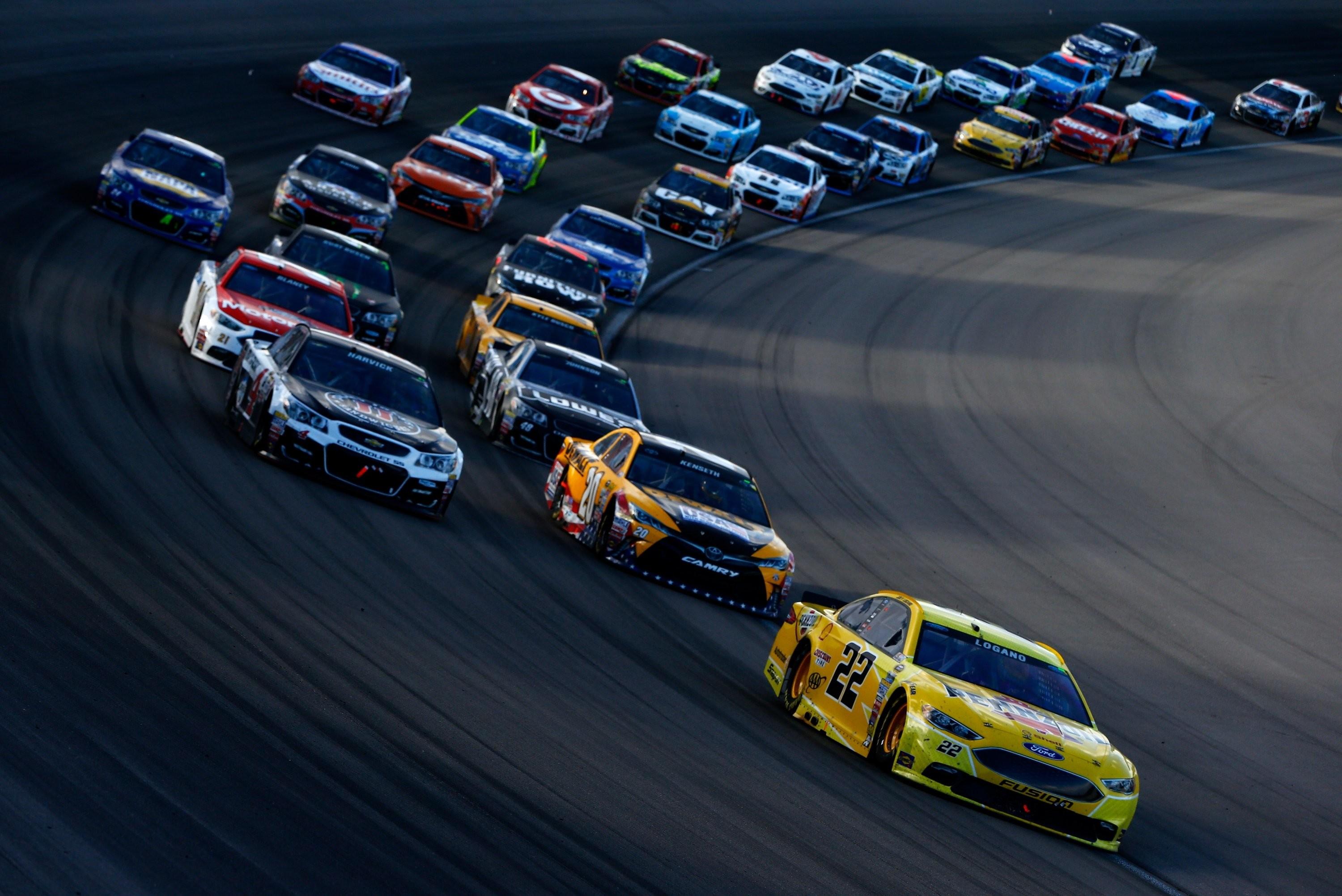
The broader context of fan sentiment towards broadcasting partners isn’t limited to TNT. Fan frustrations have also been directed at FOX’s recent NASCAR coverage, including events like the All-Star Race. Viewers have pointed out a range of issues with FOX’s broadcasts, creating a backdrop of general dissatisfaction among a segment of the fanbase.
The conversation about broadcasting quality has also included discussions around on-air talent choices. For instance, Danica Patrick’s appearance during the Indianapolis 500 Pit Stop Contest on FS1 drew considerable backlash from racing fans online, despite her significant achievements as a former IndyCar and NASCAR driver.
Comments regarding Patrick’s presence during FOX Sports’ pre-race coverage for the Indy 500 were pointed, with some fans stating they would avoid watching if she was involved. One fan commented, “I will pass on the Indy 500 this year. I do not want to see or hear Danica Patrick at ANY point in my life. Such a poor choice you made.” Another expressed, “Watching the pitstop challenge, I see we’re going to jam Danica down our throat the rest of the weekend.” A third viewer was even more direct, stating, “Will not be watching the race this year with the horrible Danica Patrick calling it. She is just a vile person. Sorry, Fox. Sorry, Indy.”

Adding complexity to the public perception, Patrick’s recent involvement in a political initiative just before her broadcast appearance was also mentioned as potentially further polarizing opinions among the fanbase.
This feedback, while related to IndyCar and FS1, feeds into a larger narrative about fan expectations and how personnel and perceived external activities can impact viewer reception, adding another layer to the challenges broadcasters face in pleasing a diverse and passionate fanbase.
Stepping into this environment, Amazon Prime Video has officially taken the wheel for a significant portion of the Cup Series schedule, ushering in what feels like a new era for NASCAR broadcasting. As part of a landmark seven-year media rights agreement, Prime Video is set to stream five exclusive Cup Series races.

Their debut began with the iconic Coca-Cola 600 at Charlotte Motor Speedway, followed by the race at Nashville Superspeedway. These first two telecasts have been met with considerable praise, described by one observer as “sharp, professional, devoid of nonsense, and informative.” This suggests a conscious effort to prioritize the racing action and provide clear, focused coverage that resonates with viewers who feel they’ve been “dealt a tough hand in recent years” with certain broadcasts.
Prime Video hasn’t just shown up; they appear to be bringing a comprehensive production effort. Their team includes NASCAR Hall of Famer Dale Earnhardt Jr., alongside Adam Alexander and Steve Letarte in the booth, a pairing noted for their chemistry built during years working together as driver and crew chief and previously at NBC.
Danielle Trotta hosts trackside, joined by Hall of Famer Carl Edwards and current Cup driver Corey LaJoie for commentary. Their pre- and post-race shows are designed to be packed with driver interviews, analysis, and storytelling, elements that fans have explicitly stated they miss and appreciate.
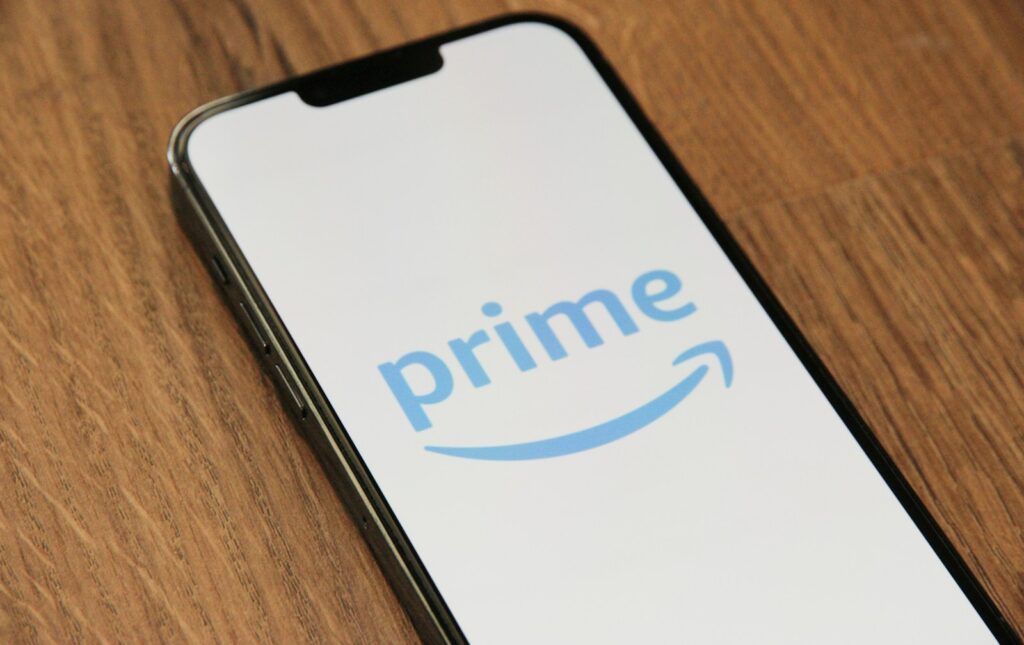
What has particularly excited fans is the perceived contrast between Prime’s production quality and some of the recent FOX broadcasts. Fans on social media have been quick to highlight Prime’s superior visuals and technical execution right from the practice sessions, prompting reflections on what they felt was lacking previously.
One fan enthusiastically shared their initial impression of Prime’s practice coverage on Reddit, raving, “First 10 minutes of practice is better than all of FOX’s 2025 stretch, looks great!” This kind of immediate positive reaction underscores how hungry fans were for a high-quality broadcast experience.
Prime Video is reportedly leveraging extensive technical resources, including over 70 cameras per race, incorporating in-car and drone footage, all supported by a substantial amount of fiber optic cable. Streaming in high definition with surround sound further enhances the visual and auditory experience, contributing to the feeling of a premium production.

The quality of the drone shots, in particular, has become a talking point, often contrasted directly with perceived lower-quality attempts by other networks. One fan described Prime’s drone angles as “beautiful,” adding a sharp comparison: “Unlike FOX, where it feels like a GoPro strapped to a toy helicopter with a 9-year-old at the helm.” This vivid description captures the perceived difference in sophistication and execution.
Fans recalled past instances of awkward camera angles during FOX broadcasts, such as those during the 2024 Daytona 500 that left them feeling “dizzy,” and moments where key on-track battles, like the one between Christopher Bell and Kyle Busch at COTA, were missed entirely by the camera crew who instead zoomed in on the stands.
The commentary team’s performance is another area where comparisons have been drawn. While FOX’s booth, featuring Mike Joy, Clint Bowyer, and Kevin Harvick, has its proponents, fan comments included desires for an overhaul. One fan felt Bowyer’s “shtick is tired” and Harvick was “too dry and dull,” noting that Joy seemed to be making “more mistakes recently.” This reflects a subjective but impactful part of the broadcast experience that influences viewer satisfaction.
Prime’s commitment to pre- and post-race storytelling, with features like driver interviews and in-depth analysis, seems to be filling a void. Fans appreciate this focus on narrative and the personalities within the sport, suggesting that recent broadcasts on other networks may have fallen short in this regard.

Perhaps the most revolutionary aspect of Prime Video’s coverage, according to fans, is their approach to commercials during green-flag racing. By implementing a double-box format where the race continues in a smaller window while commercials play, they have addressed a long-standing point of frustration for viewers—cutting away from live racing action.
This is a “game-changer” for many fans who are tired of missing crucial laps due to full-screen commercial breaks. Full-screen ads are reserved for yellow or red flags, ensuring that green-flag racing remains front and center. This single change addresses a core complaint that has plagued NASCAR broadcasts for years.
A fan’s colorful comparison, venting frustration with FOX, highlights the depth of feeling: “You’re talking about how Prime coverage made you disappointed in FOX… For me, it was the fact the Oscar Meyer Weinie 500 had better coverage in 2 laps around Indy than the 1000s of laps FOX has covered this season.” While hyperbolic, it underscores the perception among some that even niche or satirical coverage has outperformed recent mainstream broadcasts.
It’s not that FOX lacks the resources; they’ve demonstrated the ability to produce high-quality sports content, such as their record-breaking IndyCar coverage debut at St. Petersburg. However, the fan backlash suggests a feeling that, for whatever reason, the NASCAR product hasn’t received the same level of attention or respect in recent years.
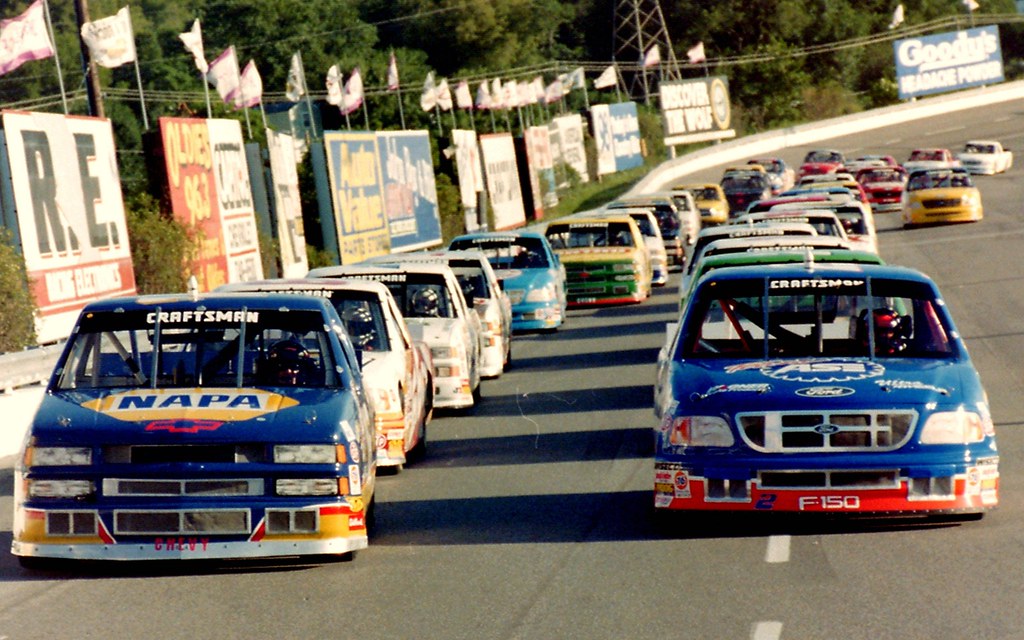
A fan comment captures this sentiment, stating, “Any other racing series takes their product seriously… I know no one wants to hear it, but cutting costs in anything almost always leads to a worse product.” This hints at a belief among the fanbase that production quality issues might be tied to cost-saving measures, leading to a perceived decline in the broadcast product.
The narrative among fans is that there was a time when “Big FOX” delivered excellent NASCAR coverage, even setting a standard in its early years starting with the 2001 Daytona 500, which helped push the sport into the mainstream. Something, according to fans, has shifted in recent years, leading to a reputation for losing touch with the fanbase’s expectations.
The arrival of new players like Amazon Prime Video, setting what many fans see as a new standard, puts pressure on all broadcast partners. Amazon’s first two races have been described as the “type of coverage that NASCAR fans deserve,” highlighting the perceived gap that existed before.
The hope is that Amazon’s early success will serve as a benchmark. As one observer put it, “Hopefully Fox is taking notes.” The expectation is that NBC and TNT, back in the NASCAR game this year, will also “aspire to meet Amazon’s standard” as the season progresses and the media rights deal unfolds.
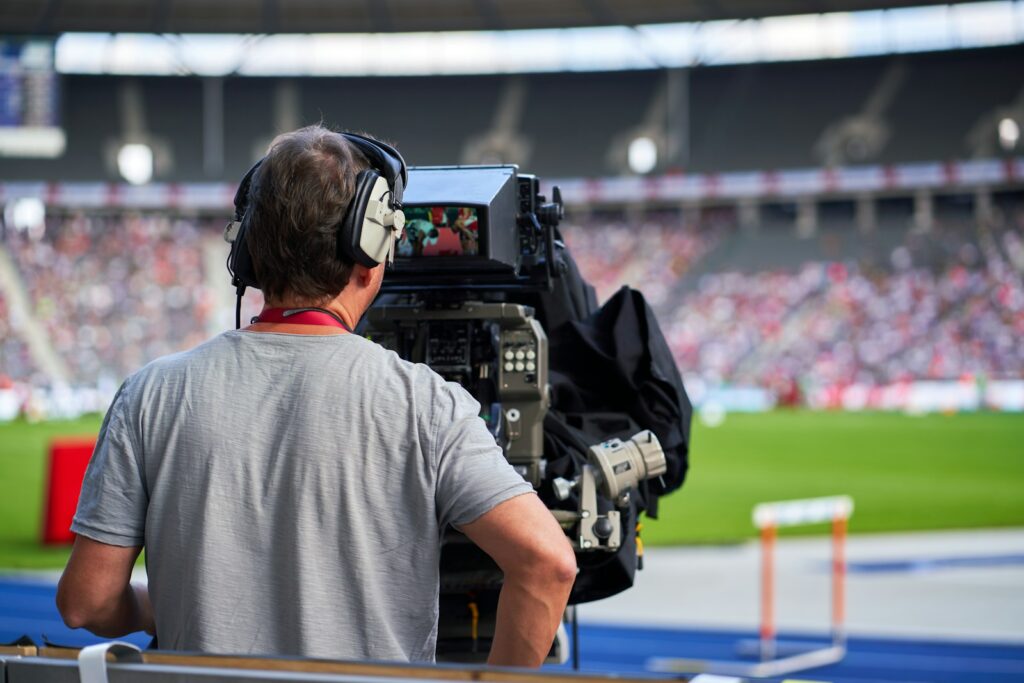
However, there’s also a degree of weary pessimism among some fans, worn down by what they perceive as a decade of inconsistent broadcasts from FOX. Whether this ideal world of uniformly high-quality coverage across all platforms will ever fully materialize remains a question mark for many.
The strategic decision by NASCAR to include a streaming giant like Amazon in its new media rights deal appears forward-thinking, especially as streaming becomes the dominant way people consume media. While NASCAR’s audience does skew older, attracting younger demographics is crucial for future growth, and Prime’s early viewership numbers in the 18-49 demo are a promising sign, even if it comes at the expense of older viewers who may be less inclined to stream.
Ultimately, the current period represents a fascinating experiment in sports broadcasting. With multiple partners bringing different approaches and varying levels of perceived quality, fans are more empowered than ever to compare and voice their opinions. The pressure is on for every network, including TNT with its remaining races, to deliver a broadcast experience that lives up to the passion and dedication of the NASCAR fanbase.
The track ahead for NASCAR broadcasting is still being paved, with new technologies and partners shaping the journey. The success of this media evolution hinges not just on securing lucrative deals, but on whether the broadcasts themselves can capture the raw energy, compelling stories, and unpredictable drama that make NASCAR so captivating, ensuring that the view from the stands, or more importantly, from the couch, is nothing short of spectacular.


